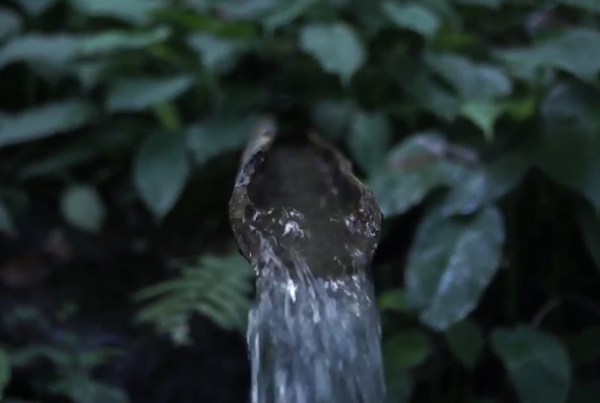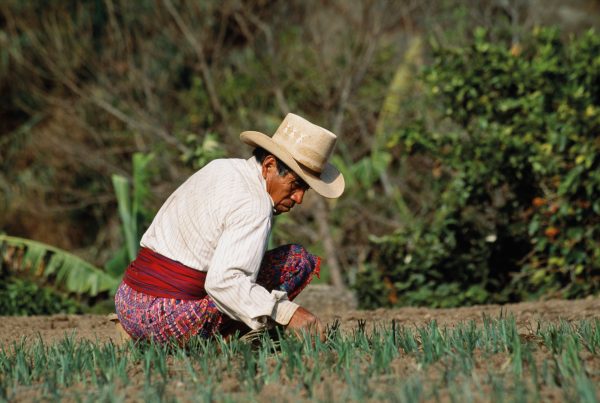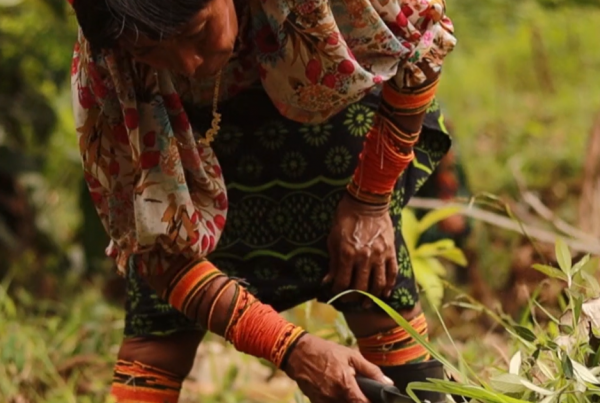On 29 November 2015, in Soledad, on the Santiago River, Peru, the Wampis nation declared the formation of its autonomous territorial government with the election of the first representatives and the approval and publication of its statute, the legal framework they will use to govern the territory.
In a historic moment for the indigenous peoples of Latin America, the Wampis elected representatives issued their first resolution, which declared the totality of their ancestral territory—an area that covers more than 1.3 million hectares—as an integral territory.
The announcement was made during the first ever Wampis Summit in front of almost 300 representatives from 85 communities. Andres Noningo Sesen, one of the Waimaku, or Wampis visionaries, explained why they made this decision:
“We have taken this decision partly as a strategy of territorial defence, in response to the efforts to divide us into communities. We will still be Peruvian citizens but this unity will give us the political strength we need to explain our vision to the world and to those companies and governments who only see the gold and oil in our rivers and forests, much less the spirit beings of Nunkui and Tsunki, who look after our earth and water. It will also enable us to promote our own vision for our future.”
Andres Noningo Sesén
Author
- Andrés Noningo Sesen
Ecosystems
- Tropical forests
Topics
- Land Rights and Tenure
- Governance
Type
- Short-form
Date
- This case study forms part of LBO-2, originally released in 2020.


